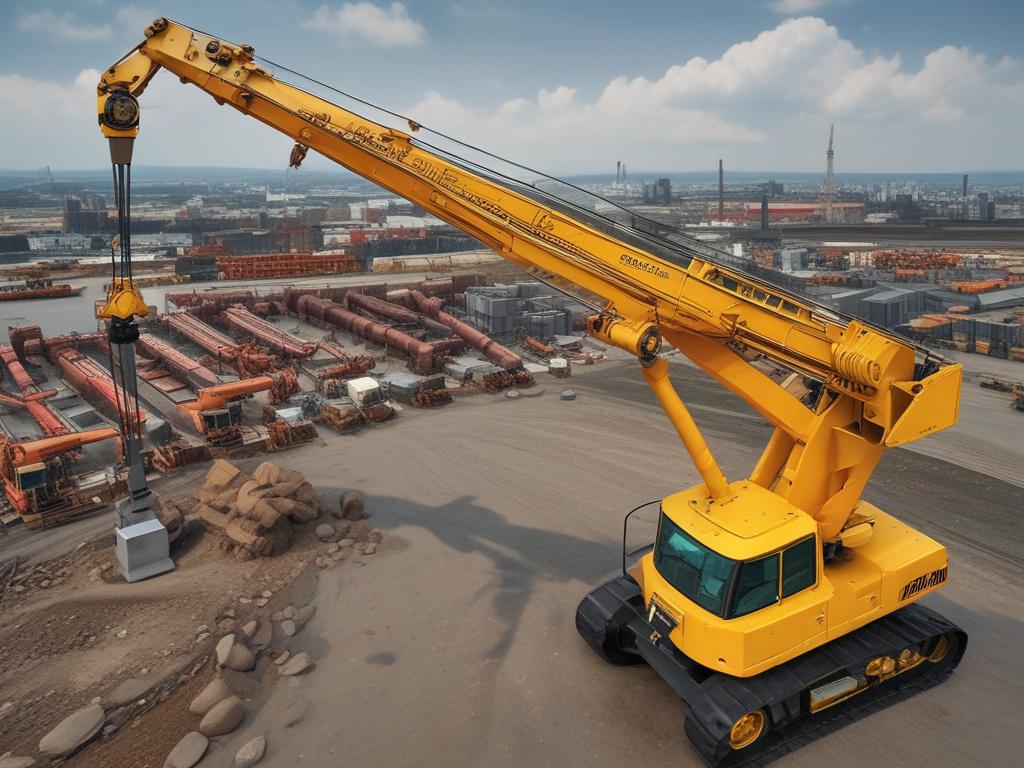
Cranes are complex machines—part muscle, part brain. They lift, rotate, suspend, and carry, sometimes for hours on end, in heat, cold, dust, and steel-clanging chaos. Yet, like any system that works under pressure, their performance lives and dies by the quality of their parts.
Crane parts and accessories aren’t just backup pieces or modular conveniences. They are lifelines—sometimes literally. And the search for the right ones? That’s where things get complicated.
Let’s talk about how to cut through the clutter, avoid the junk, and lock in on what really matters.
Every crane has its quirks. It may have come with documentation. It may have been pieced together by a guy who left the company six years ago. Either way, the hunt begins with specifics—not a Google search for “cheap crane wheel assembly.”
What are you replacing? Is it a load-bearing component? Is it electrical, structural, or both? What’s the model number, year of install, and any history of failure?
Generalized shopping leads to generalized results—and in this field, “general” can be dangerous.
Rule #1: Know your crane before you go hunting for its heartbeat.
The great debate. Original Equipment Manufacturer parts offer a clear path: guaranteed fit, guaranteed quality, guaranteed peace of mind. But then again, they can be pricey, and if your crane’s been discontinued or heavily modified, they might not even exist anymore.
Enter aftermarket parts. Some are excellent—engineered better than the originals. Others are… shiny paperweights.
And then there’s custom fabrication. Time-consuming? Maybe. Expensive? Sometimes. But when no off-the-shelf solution will do, a well-machined part can extend your crane’s life by years.
Choose based on risk, not cost. A $400 savings means nothing if it causes a $40,000 failure.
Anyone can slap together a website and say they sell crane parts and accessories. But do they know the tensile strength of a load block? Can they explain why a variable-frequency drive might throw an error under certain loads?
Look for:
You’ve found the right part. The price is fair. The company’s legit. Great. But they’ll ship it… next month?
Lead time is the killer of momentum. If your crane’s down and the job site’s silent, that ticking clock is costing you real money. Ask about stock levels. Ask again. And if you’re working with high-turnover parts, consider keeping spares onsite.
Load indicators, festoon systems, limit switches, push-button pendants, wireless controls—these aren’t bells and whistles. They’re the connective tissue that makes cranes safer, smoother, and smarter.
Sometimes it’s not the hoist motor that’s slowing you down—it’s the worn-out cable reel or that one switch that only works if you slap it twice.
Don’t just maintain the big stuff. Audit your accessories. Upgrade where it matters. The return on efficiency and safety often outweighs the cost tenfold.
Here’s the thing: cranes aren’t designed for improvisation. They’re engineered systems, not duct-taped workarounds. The parts you choose today influence performance next week, next year, and five years down the line.
Good parts reduce risk. Great parts reduce downtime. The right parts reduce both—and keep your team off ladders, not on them.
From inspections and rebuilds to parts sourcing and fabrication, we’ve seen it all—and fixed it. If you're unsure what to order, or you’ve got a system in limbo, reach out to our team at T&M Cranes.